Nestled on the coast of the Mediterranean, Byblos is a city that whispers tales of ancient civilizations, a place where history and modernity blend seamlessly. Known as one of the oldest continuously inhabited cities in the world, Byblos, or Jubayl as it is known locally, has been a silent witness to the ebb and flow of human history.
Today, our conversation turned to historical sites, and Byblos was a prominent topic. Remarkably, Byblos ranks among the oldest continuously inhabited cities globally, tracing its origins back to the Neolithic era (10,000–4,500 BCE). Situated along the Mediterranean coast of Lebanon, Byblos rests approximately 40 kilometres north of Beirut.
My reminiscence took me back to my visits to the ancient Phoenician port city of Gebal, known as Byblos to the Greeks. These visits occurred during my time in Beirut, the capital of Lebanon, where I resided for several months a few years ago. Byblos holds the distinction of being the inaugural city established by the Phoenicians, marking a significant milestone in its rich history.
The Dawn of Civilization
According to the historian Durant, “Byblos thought itself the oldest of all cities; the god El had founded it at the beginning of time, and to the end of its history it remained the religious capital of Phoenicia.” “Byblos” is Greek for papyrus. Because papyrus was one of the principal articles in its trade, the Greeks took the name of the city as their word for a book — biblos. The Bible was named for Byblos as it was known as “the papyrus book.”

The story of Byblos begins between 8800 and 7000 BCE, with evidence suggesting that it has been continuously inhabited since 5000 BCE. This ancient city was a melting pot of cultures, including Egyptian, Phoenician, Assyrian, Persian, Hellenistic, Roman, Genoese, Mamluk, and Ottoman. Each of these cultures left an indelible mark on the city, contributing to its rich tapestry of history.

The Birthplace of the Alphabet
Perhaps Byblos’ most significant contribution to the world is the Phoenician alphabet, believed to be the ancestor of the Greek, Latin, and all other Western alphabets. This innovation laid the foundation for written communication as we know it, a legacy that continues to influence the world.
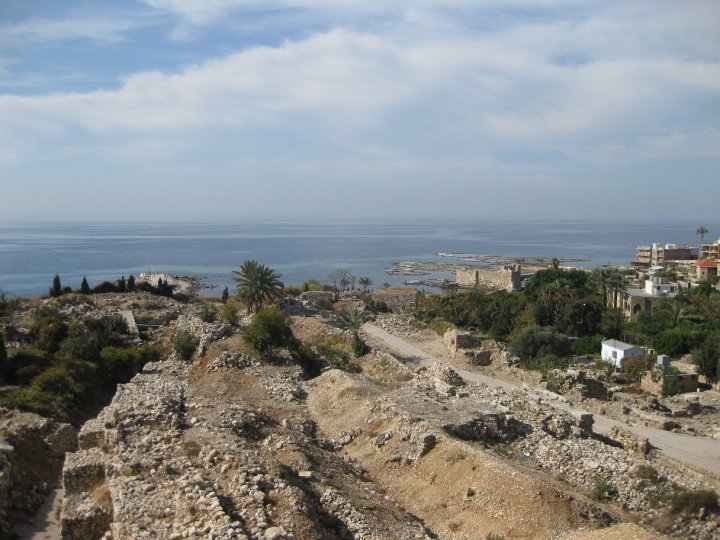
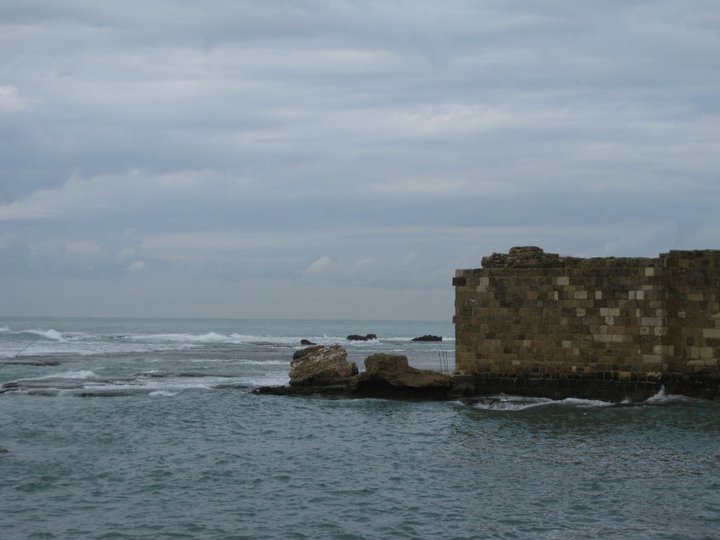
A UNESCO World Heritage Site
Recognized for its historical importance, Byblos is a UNESCO World Heritage Site, a testament to its cultural, historical, and architectural significance1. Visitors can explore ancient ruins, including Bronze Age temples, Roman roads, Byzantine churches, and the iconic Crusader citadel.



Byblos distinguished itself as a pioneering centre for ship-building, a craft in which its artisans excelled. The mastery of Byblos’ shipwrights played a pivotal role in solidifying the Phoenicians’ renown as mariners and earned them the epithet “princes of the sea,” as immortalized in the biblical book of Ezekiel. The city’s remarkable wealth was largely derived from its flourishing trade relations with Egypt, underscoring Byblos’ pivotal role as a hub of maritime commerce.
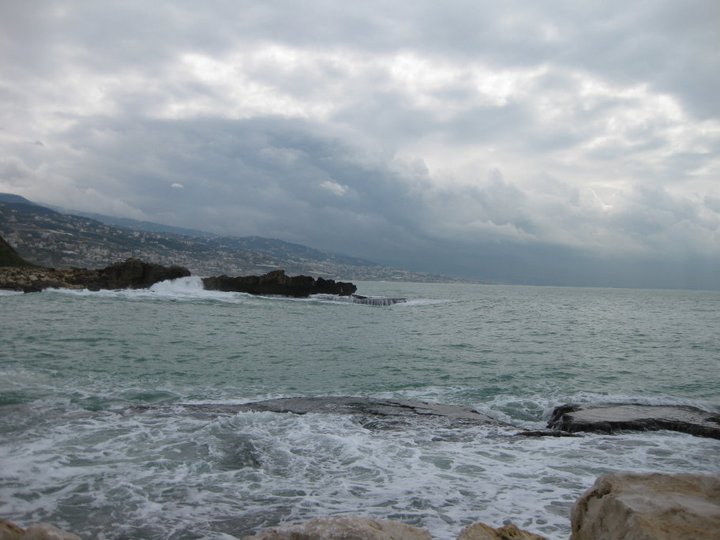
Originating as a modest fishing village known as Gebal (Jbeil in Arabic), the city burgeoned into prosperity against the backdrop of the coastal region, referred to by the Greeks as Phoenicia, and by its inhabitants as Canaan. By the year 3000 BCE, this once diminutive settlement had flourished into a thriving urban centre, fueled by extensive trade networks. Renowned for its coveted cedars, Lebanon’s timber held great value for neighbouring lands, particularly in construction endeavours. Byblos emerged as the preeminent port for timber shipments, serving as a vital conduit for trade routes, notably to Egypt and beyond.

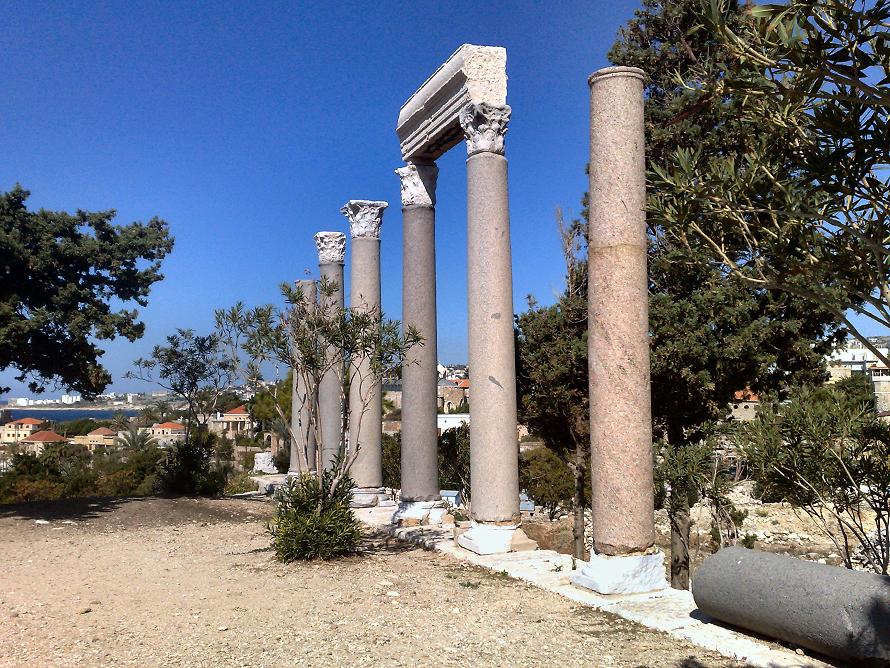
Between 1100 and 725 BCE Byblos declined in importance as her sister city, Tyre, grew. After the conquest of the region by Alexander the Great, and the destruction of Tyre in 332 BCE, Byblos again prospered and adopted Greek culture, dress, and language. During the Hellenistic period (330-64 BCE) Byblos became most famous for the production of papyrus which would give it its Greek name.
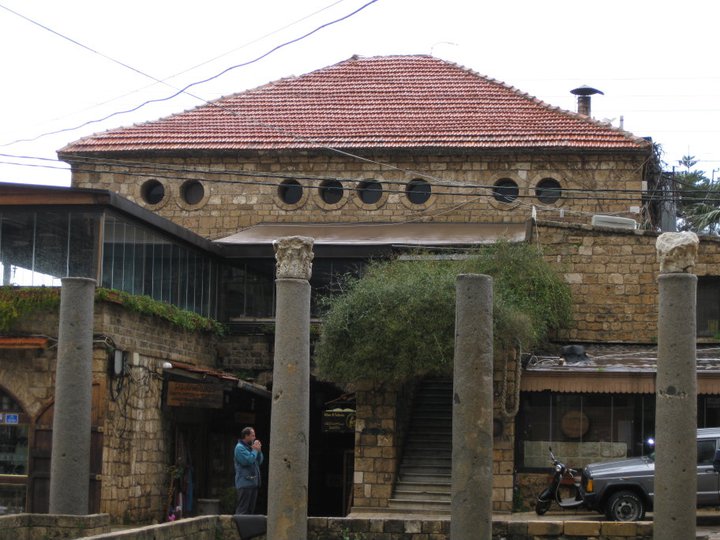
Modern Byblos
Today, Byblos is not just a relic of the past but a vibrant city pulsating with life. Its historic port, once the hub of Phoenician trade, is now a picturesque harbour where modern yachts bob alongside traditional fishing boats. The old souks, with their cobblestone streets and charming cafes, invite visitors to wander and explore.

The Crusaders’ Castle
In Byblos stands a castle, erected by the Crusaders during the 12th century, utilizing local limestone and repurposing remnants of Roman edifices. Encircled by a protective moat upon completion, this fortress bore witness to the ebb and flow of conquests.




In 1188, Saladin, the inaugural sultan of Egypt and Syria and the progenitor of the Ayyubid dynasty seized control of both the town and the castle, ordering the dismantling of its walls in 1190. However, Byblos was later reclaimed by the Crusaders, who reconstructed the castle’s defences in 1197, marking a chapter of enduring resilience amid the tumult of history.
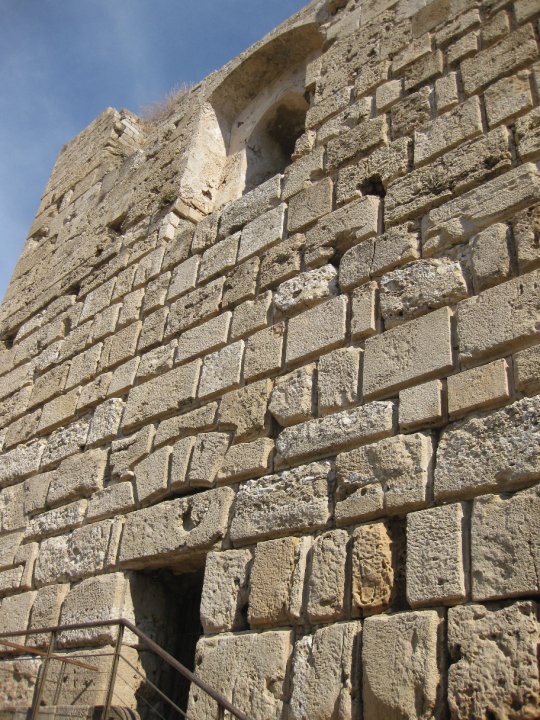



The Fossil Museum
Within the bustling souk of Byblos lies a hidden gem: the Byblos Fossil Museum, also known as the “Memory of Time.” This unique establishment showcases an impressive array of fossil specimens, including sharks, eels, shrimps, squids, rays, coelacanths, and flying fish. The majority of these fossils originate from the neighbouring villages of Haqel-Byblos, Hjula, and Ennammoura, which have garnered global recognition for their quarries teeming with remarkable marine fossils, spanning fish, crustaceans, starfish, and more. Some of these fossils boast ages exceeding 100 million years, offering visitors a captivating glimpse into the ancient history of the region.

Driven by enthusiasm and captivated by the opportunity to own a piece of ancient history, I eagerly acquired a couple of fossils from the Byblos Fossil Museum for my personal collection and as cherished mementoes of my journey.

The Old Souk
Byblos captivates as a mesmerizing tourist destination, showcasing an ancient port and traces of Phoenician, Roman, and Crusader legacies. Enhanced by sandy beaches and picturesque mountain vistas, its natural beauty beckons visitors. The old souk, permeated with the essence of history, imbues the atmosphere with charm, rendering Byblos an enchanting haven for travellers seeking a blend of culture, heritage, and scenic splendour.
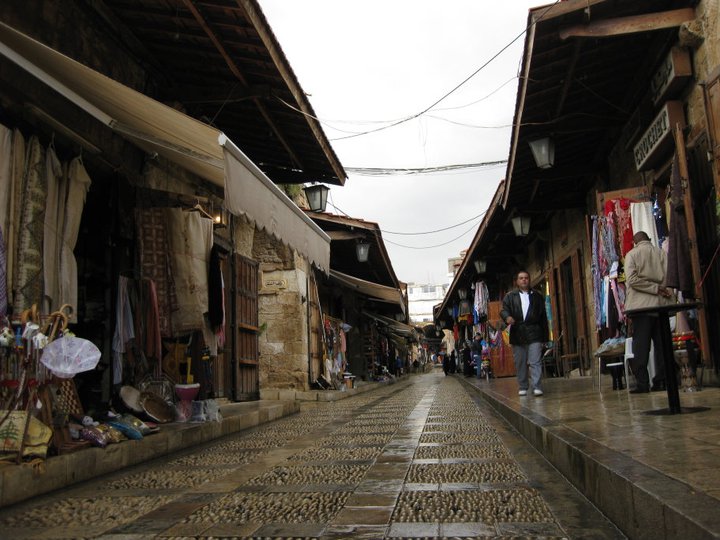
A Cultural Melting Pot
Byblos’ cultural landscape is as diverse as its history. The city hosts music festivals, art exhibitions, and culinary events that showcase the best of Lebanese culture. It’s a place where the past is always present, where every stone tells a story, and where history lives in the hearts of its people.
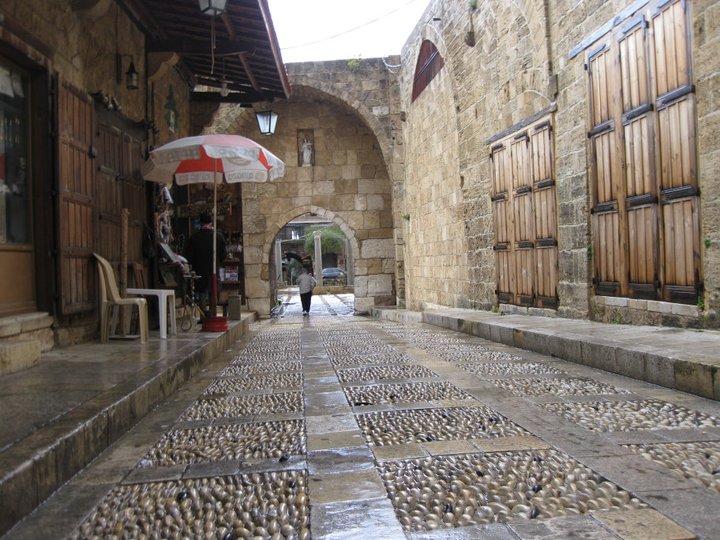
The old souk of Byblos teems with life, a bustling marketplace brimming with an array of treasures, from souvenirs and artisan crafts to fragrant spices and tempting sweets. During our excursion, we savoured a diverse selection of local delicacies, including manakish, a savoury flatbread adorned with cheese or zaatar, invigorating tabbouleh, a refreshing parsley salad, and indulgent baklava, a luscious pastry bursting with nuts and honeyed sweetness.
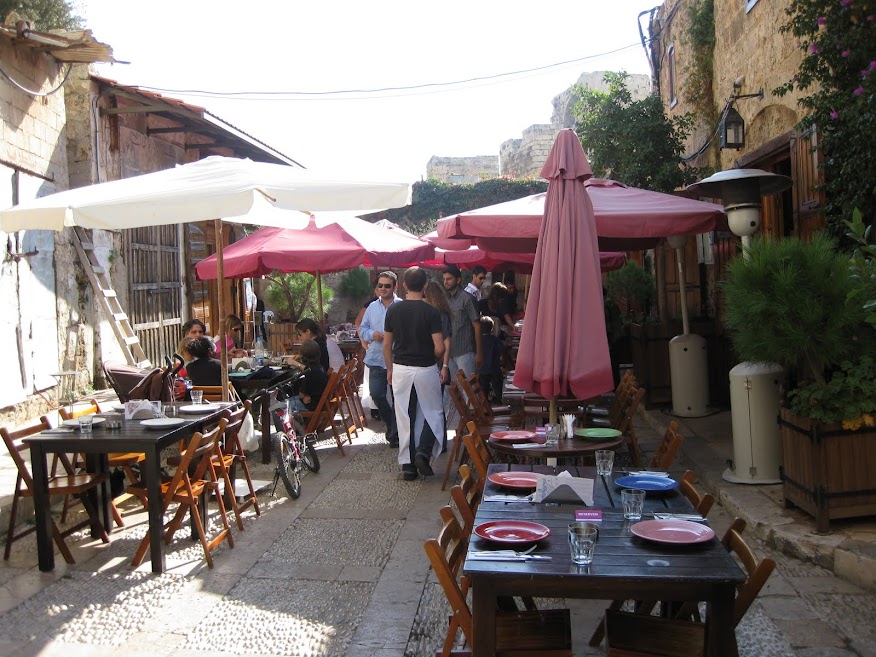
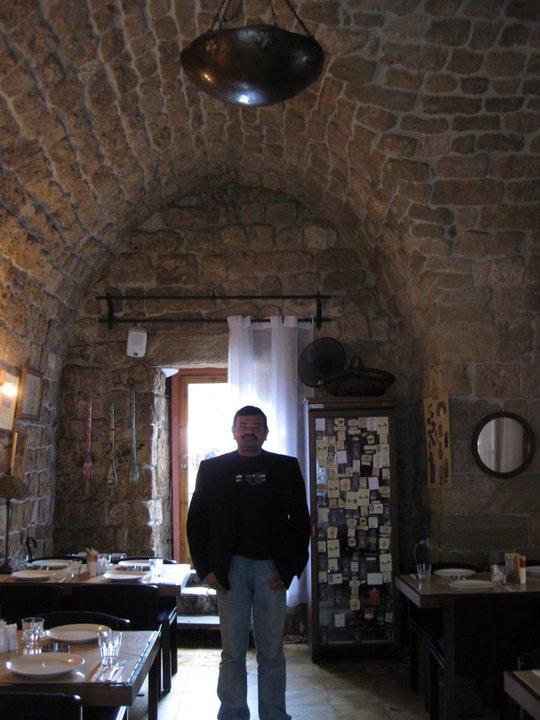
We then walked along the old harbour, which is lined with fishing boats and restaurants.
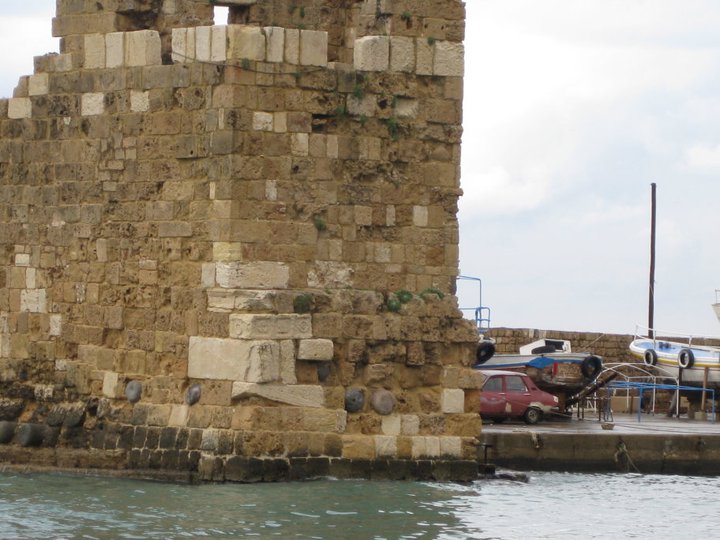
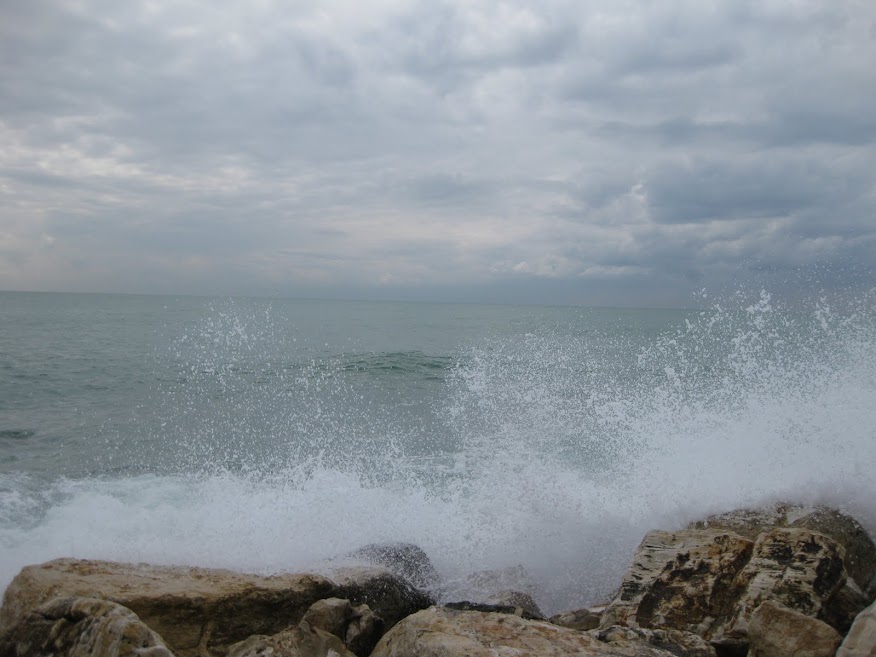
We treated ourselves to a delightful lunch at one of the seafood restaurants, relishing the succulent freshness of the fish and the tantalizing flavour of grilled octopus. Byblos is renowned for its vibrant culinary scene, boasting an array of fish restaurants, open-air bars, and charming outdoor cafes. The combination of fresh seafood and aromatic wine creates an unforgettable culinary experience, one that I always look forward to whenever I visit this enchanting city.

In Byblos, the past and present coexist in harmony, offering a unique experience to all who visit. It’s a city that must be seen, felt, and lived to truly understand the depth of its legacy.

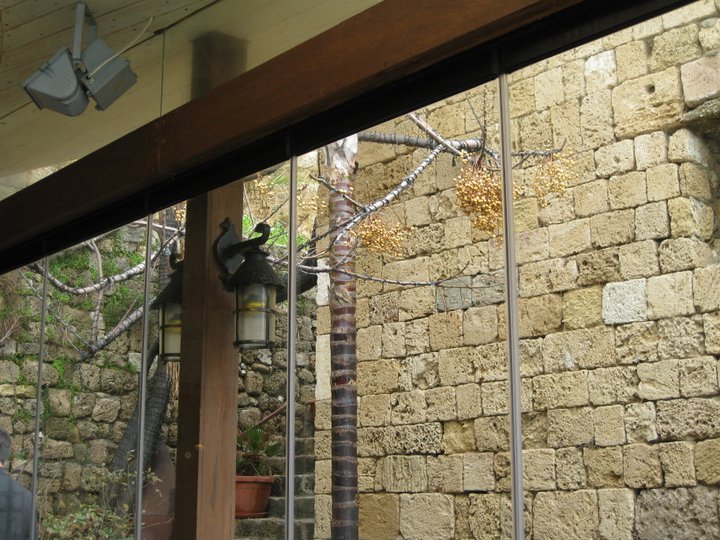
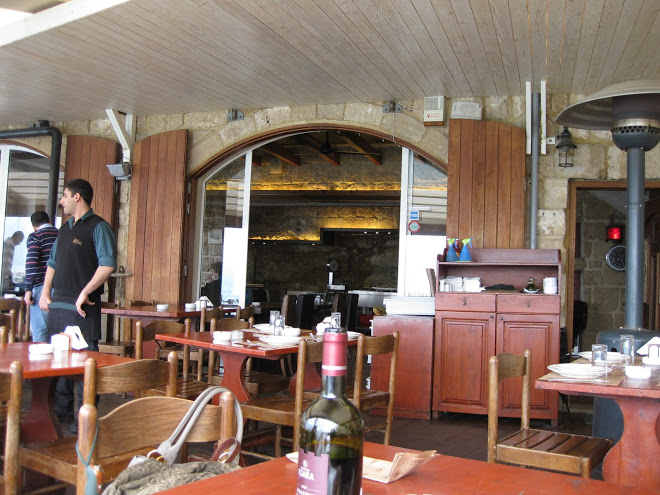
Visiting Byblos is more than just a trip; it’s a journey through time, a chance to walk in the footsteps of ancient civilizations and touch the stones that have stood for millennia. It’s an opportunity to witness the evolution of humanity and marvel at the enduring spirit of one of the world’s greatest historical treasures.


Very interesting! Thanks for sharing 🙂
LikeLiked by 1 person
Thanks Rashmi.
LikeLike
Thank you for the information. I was so glad to know about this city. The pictures are awesome. Great post!
LikeLiked by 1 person
Thanks Shivangi! It’s a very lovely place.
LikeLiked by 1 person
Very nicely written and informative too.
LikeLiked by 1 person
Thanks Aranjit.
LikeLike
Never heard before. Thanks for the info and pictures.
LikeLiked by 1 person
Thanks for your like, Arvind.
LikeLiked by 1 person
you are welcome 🙂
LikeLiked by 1 person
Wonderful pictures and a very interesting and informative post. Thank you for sharing.
LikeLiked by 1 person
Thanks Susmita.
LikeLiked by 1 person
My pleasure.
LikeLiked by 1 person
Byblos sounds like such an interesting place. Thanks for taking us along.
LikeLiked by 1 person
Thanks for your like. 🙂
LikeLike
Great pictures and information….
LikeLiked by 1 person
Thanks Maniparna
LikeLiked by 1 person
Wah! I never knew that Byblos was a city, I thought it was just a Greek word. This article really is informative. Thanks for sharing!
LikeLiked by 1 person
Thanks Ratheesh for stopping by.
LikeLike
Maravilhoso. Consegui viajar sem sair de casa neste domingo de manhã.
LikeLiked by 1 person
Obrigado!
LikeLike